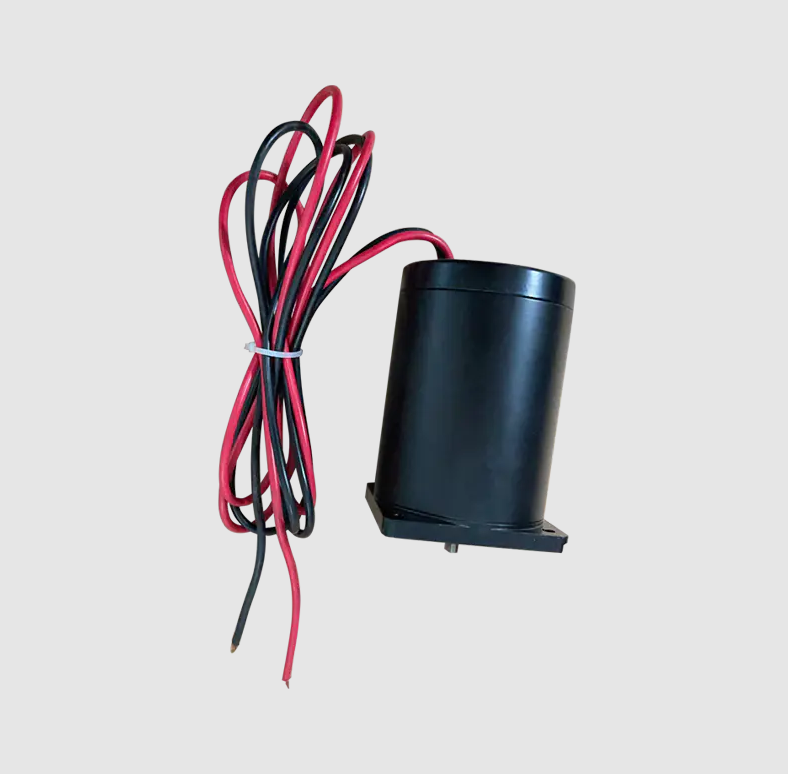Oil Pump Motor Performance Changes with Different Operational Loads

Importance of Load-Dependent Efficiency
Oil Pump Motor is a crucial component in industrial fluid transfer systems, responsible for driving pumps that maintain consistent flow and pressure. The efficiency of an Oil Pump Motor varies depending on the operational load, which directly affects energy consumption, heat generation, and overall system performance. Understanding how the motor performs under different loads is essential for optimizing energy use and ensuring long-term reliability.
Efficiency at Low Load Conditions
At low load conditions, the Oil Pump Motor may operate below its optimal efficiency range. While energy consumption is lower, some motors experience reduced torque stability, which can affect pump output and system consistency. In these situations, selecting a motor with good partial-load efficiency ensures that fluid transfer remains stable without excessive energy waste or vibration.
Performance at Rated Load
Oil Pump Motor typically achieves its highest efficiency at or near rated load. At this operational point, the motor converts electrical energy into mechanical energy most effectively, minimizing heat generation and reducing power losses. Maintaining operation near rated load ensures optimal performance of both the motor and the connected pump, improving system reliability and lowering operational costs.
Behavior Under Overload Conditions
When subjected to overload, the Oil Pump Motor's efficiency decreases due to higher current draw and increased heat production. Prolonged operation under overload can lead to reduced motor lifespan, insulation degradation, and potential failure. Motors equipped with overload protection and thermal monitoring help mitigate these risks, maintaining operational stability while preventing damage.
Factors Influencing Load Efficiency
The efficiency of the Oil Pump Motor under varying loads is influenced by factors such as motor design, winding quality, lubrication, and cooling systems. High-quality motors with well-engineered components maintain better efficiency across a wider load range. Proper system integration, including pump matching and load management, also plays a critical role in ensuring consistent performance.
Practical Considerations for Optimized Operation
To maximize efficiency, operators should select an Oil Pump Motor suitable for the expected load profile. Regular monitoring of power consumption, temperature, and flow performance can identify deviations that reduce efficiency. Additionally, using variable frequency drives or load control strategies allows the motor to operate near optimal efficiency even when system demands fluctuate.
Maintaining Efficiency Across Loads
Oil Pump Motor efficiency is highly dependent on operational load, with optimal performance typically near rated load. Low or excessive loads can reduce efficiency and increase wear, emphasizing the need for proper motor selection, system integration, and load management. Understanding load-dependent behavior ensures energy-efficient operation, enhances reliability, and prolongs the service life of both the motor and the fluid transfer system.
Current Type: DC
Motor Type: Permanent magnet brushed motor
Applicable Products: Hydraulic pump, Hydraulic system
Used for forklifts, lifting platforms, tail lifts, and medical beds
- Art
- Causes
- Crafts
- Dance
- Drinks
- Film
- Fitness
- Food
- Juegos
- Gardening
- Health
- Inicio
- Literature
- Music
- Networking
- Otro
- Party
- Religion
- Shopping
- Sports
- Theater
- Wellness


